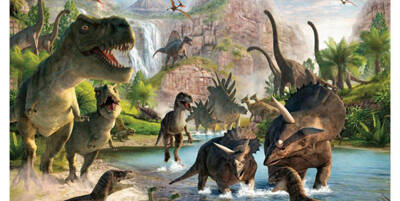
Many people may be curious about which are the largest dinosaurs in the world. L···
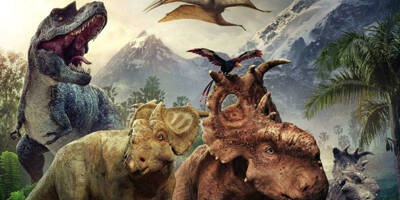
Dinosaurs always give people a ferocious impression, but some dinosaurs are also···
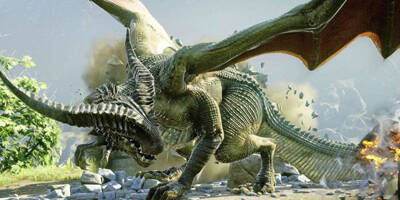
In fact, the earth was once full of behemoth and terrifying killers. Here are th···
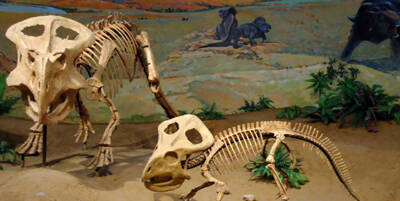
You may all know about dinosaurs, but I believe you don’t have much specific un···
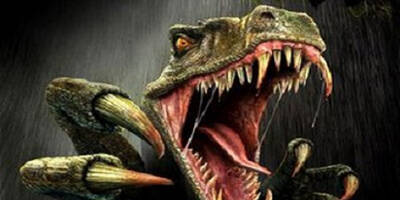
A research paper suggests that dinosaurs may have evolved wings and feathers ear···
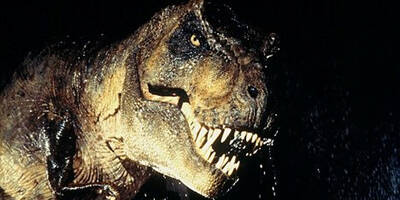
Dinosaurs are animals from ancient times. We don’t know what they looked like. ···
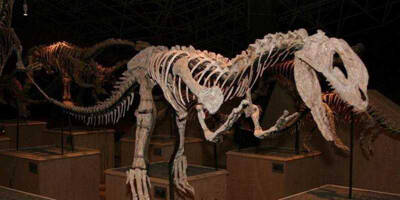
In terms of the number of dinosaurs discovered, China has surpassed the United S···
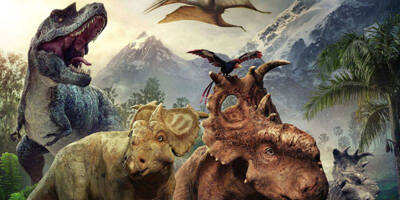
A type of reptiles that appeared in the Mesozoic era are called dinosaurs. Most ···
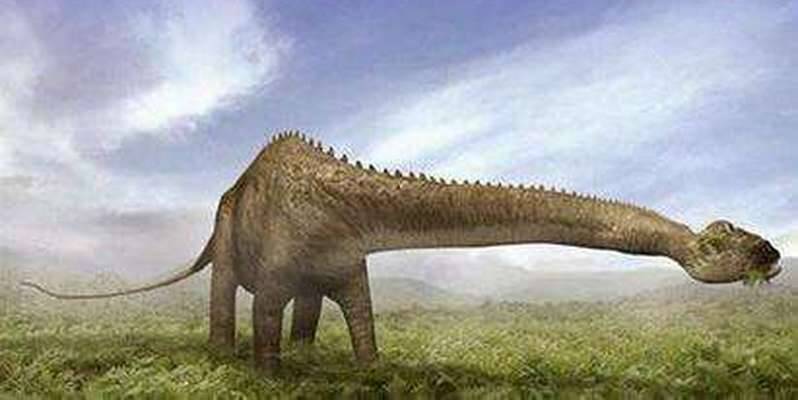
Most of the large dinosaurs were herbivores. Their teeth were flat and straight,···
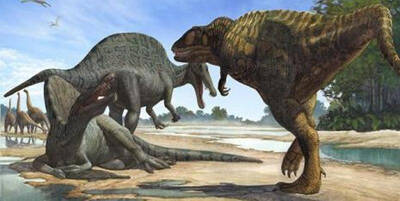
Judging from the fossils of giant carnivorous dinosaurs recently discovered by s···
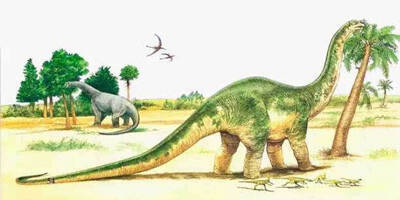
As we all know, prehistory was dominated by animals, and they were all huge supe···
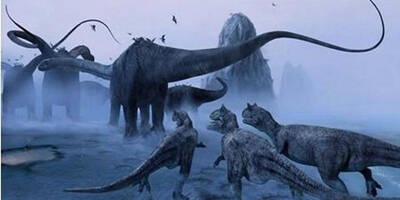
In the complicated world of dinosaurs, in addition to the well-known Tyrannosaur···
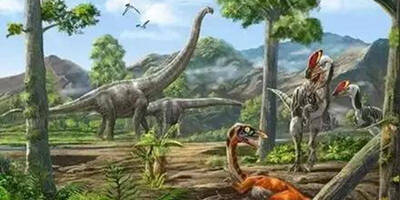
More than 200 million years ago, the earth ushered in the era of giant dinosaurs···
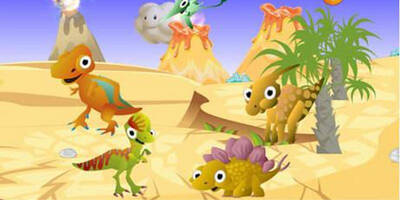
Many people get to know dinosaurs through games. Some of these games have the de···
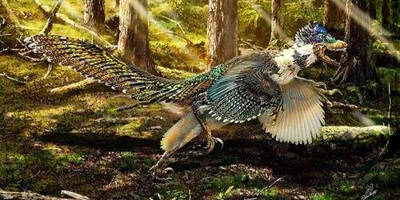
Although feathers will not become fossils, archaeologists have still found clues···
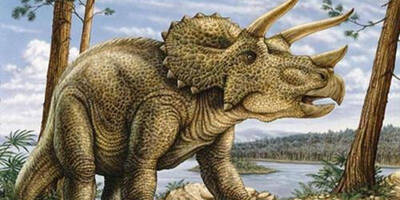
Dinosaurs with horns on their heads, like rhinos, have large horns on their head···
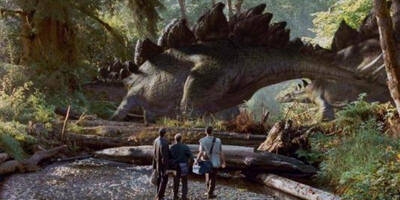
Everyone has watched dinosaur movies such as Jurassic World. The dinosaur blockb···
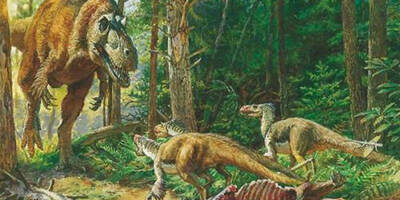
Dinosaurs have disappeared from the earth for a long time, but they have never b···
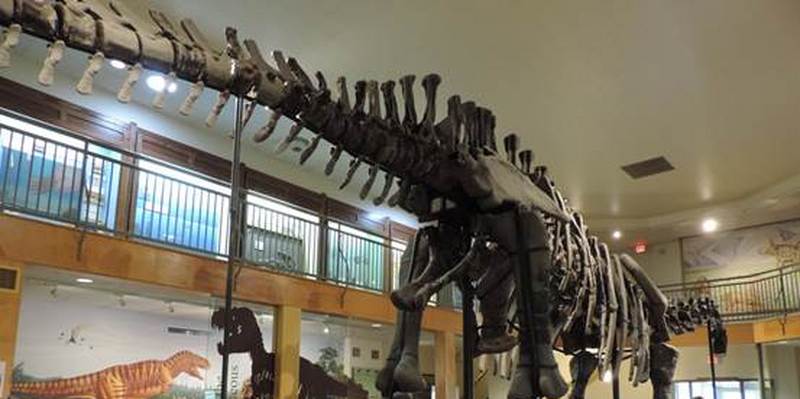
Dinosaurs were once the most abundant creatures on earth, although these creatur···
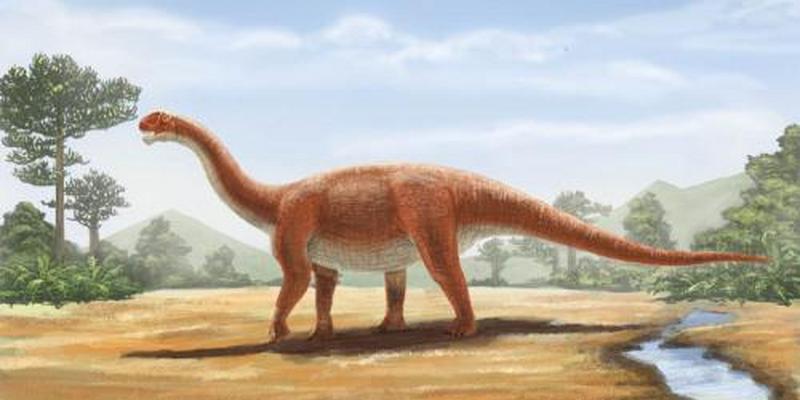
Dinosaurs that walked on four legs were mostly herbivorous dinosaurs that walked···
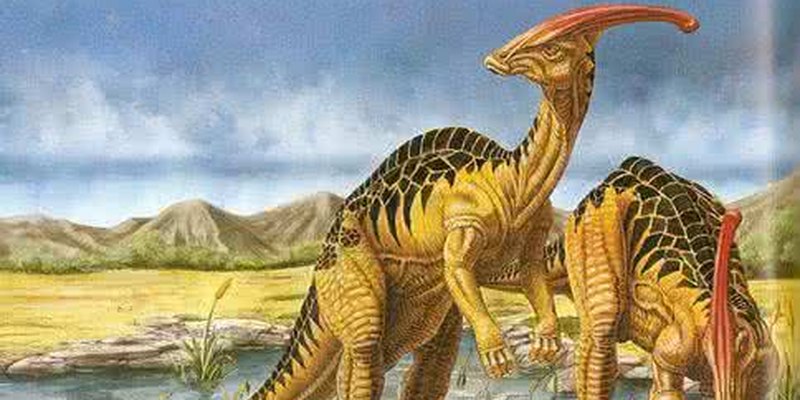
Dinosaurs are diversified and dominant terrestrial vertebrates that appeared in ···
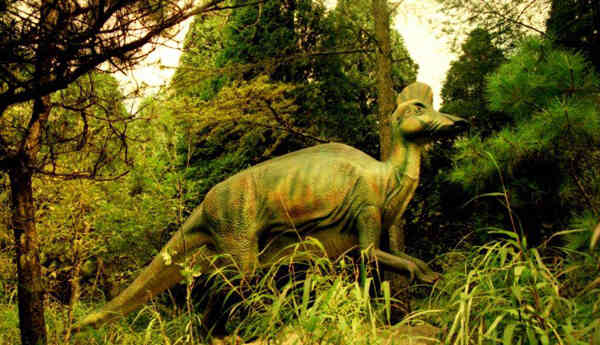
Eight million years ago, soft, boneless creatures first evolved into fish with i···
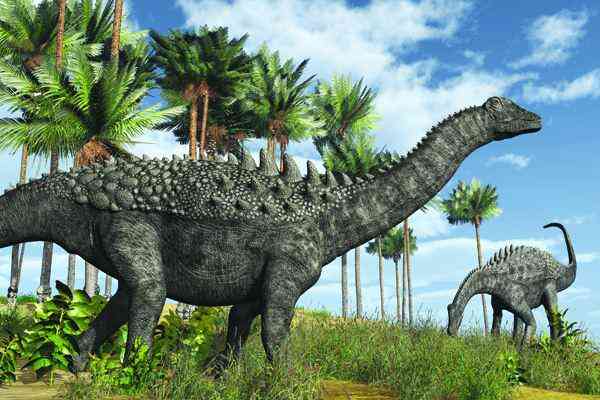
1. Birds in the world today evolved in the age of dinosaurs. The scientific comm···
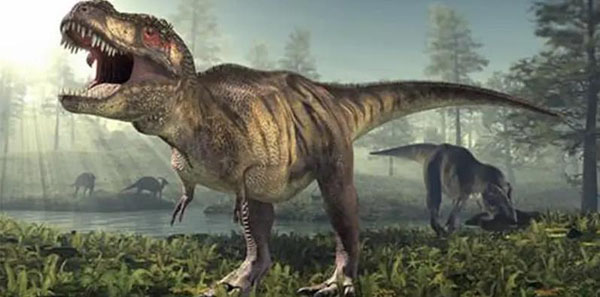
Dinosaurs were once the absolute overlords of this planet, but due to various re···
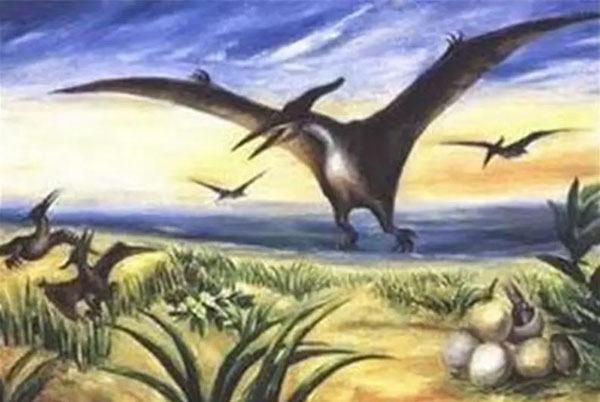
Dinosaurs were once the rulers of the earth, ruling the land for 160 million yea···
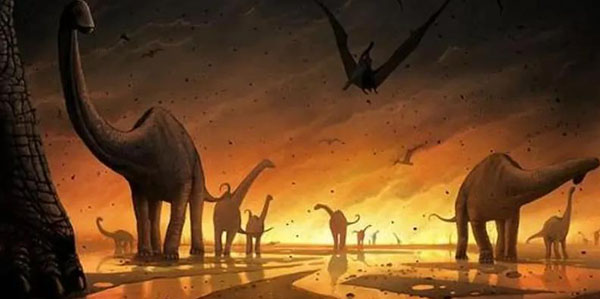
There may be multiple versions of the story of the destruction of the world, and···
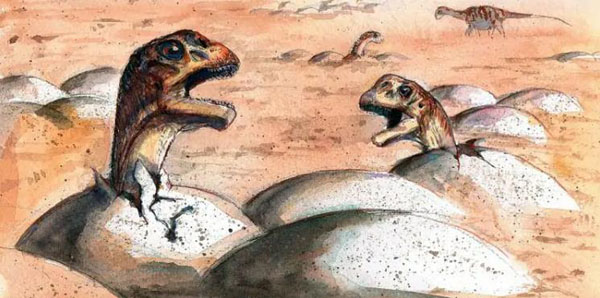
A type of reptiles that appeared in the Mesozoic era are called dinosaurs. Most ···
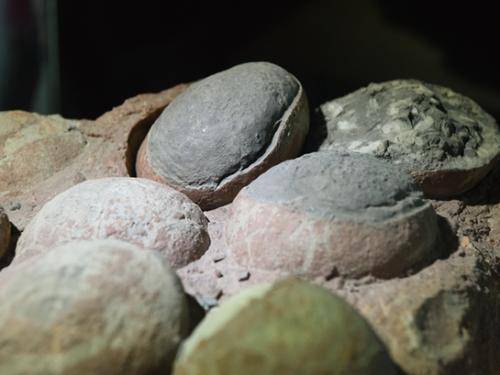
Dinosaurs are oviparous reptiles, and like birds, they reproduce by laying eggs.···
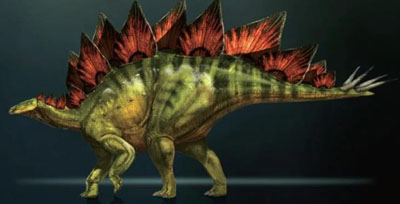
Stegosaurus is one of the most well-known dinosaurs. Their images can be seen in···
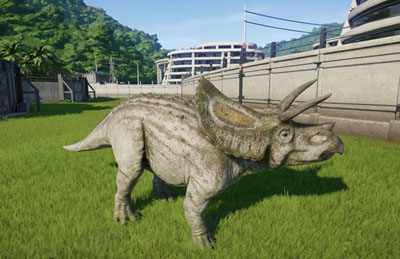
Torosaurus was a herbivorous dinosaur that lived in the late Cretaceous period i···
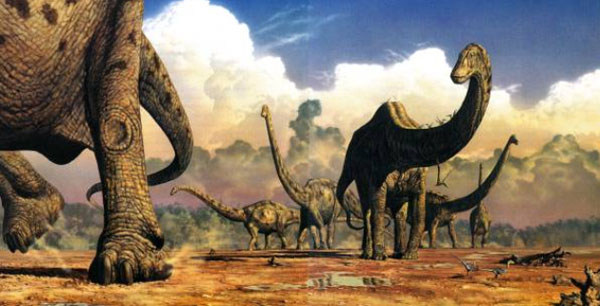
Seismosaurus means "lizard that shakes the earth". It is now renamed as Diplodoc···